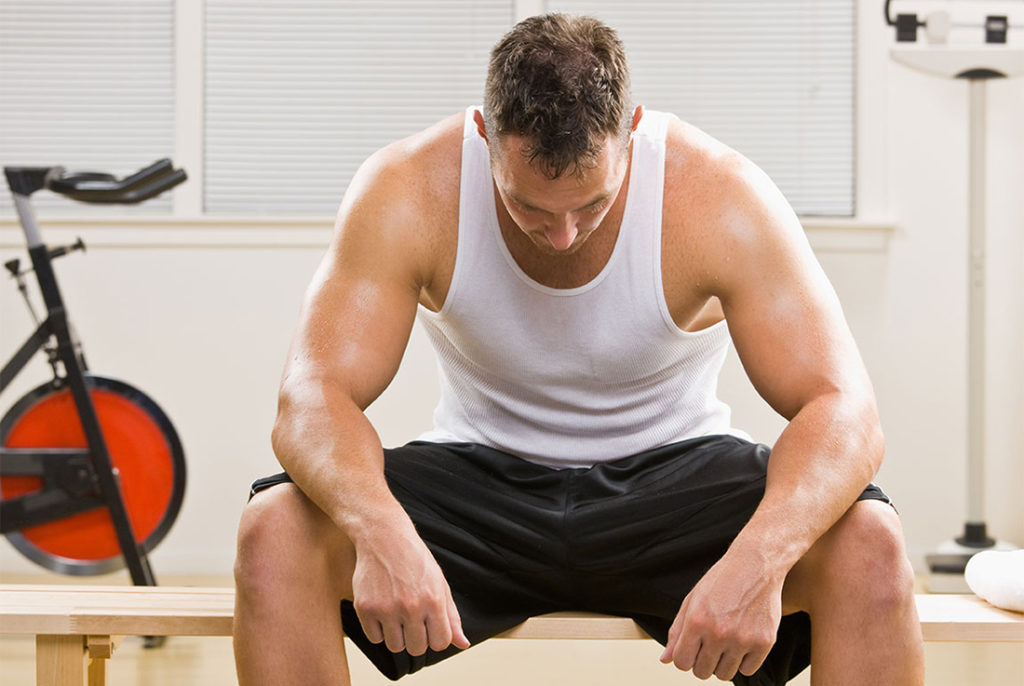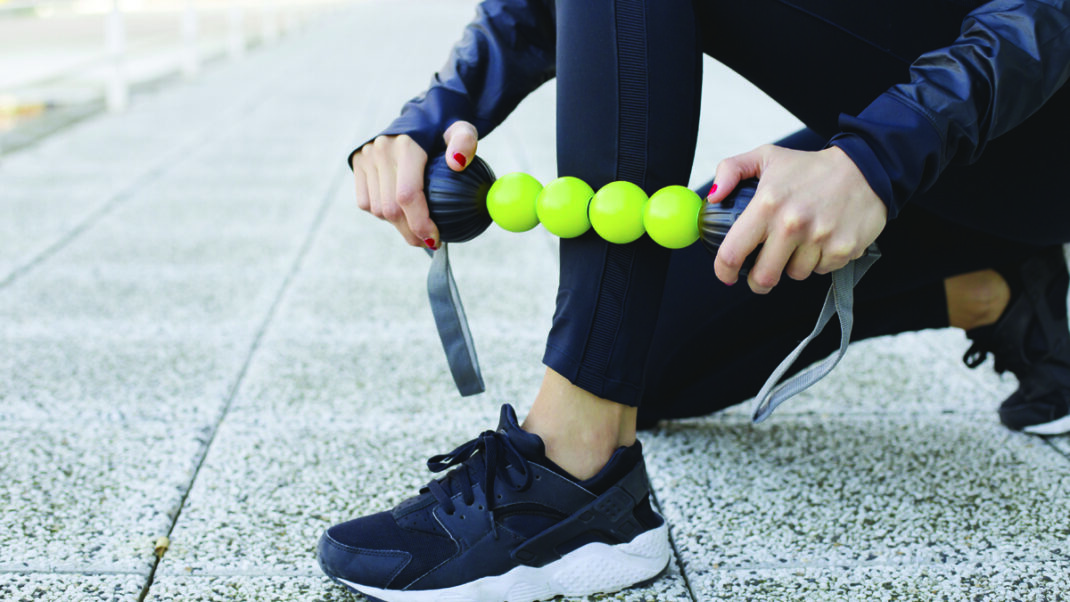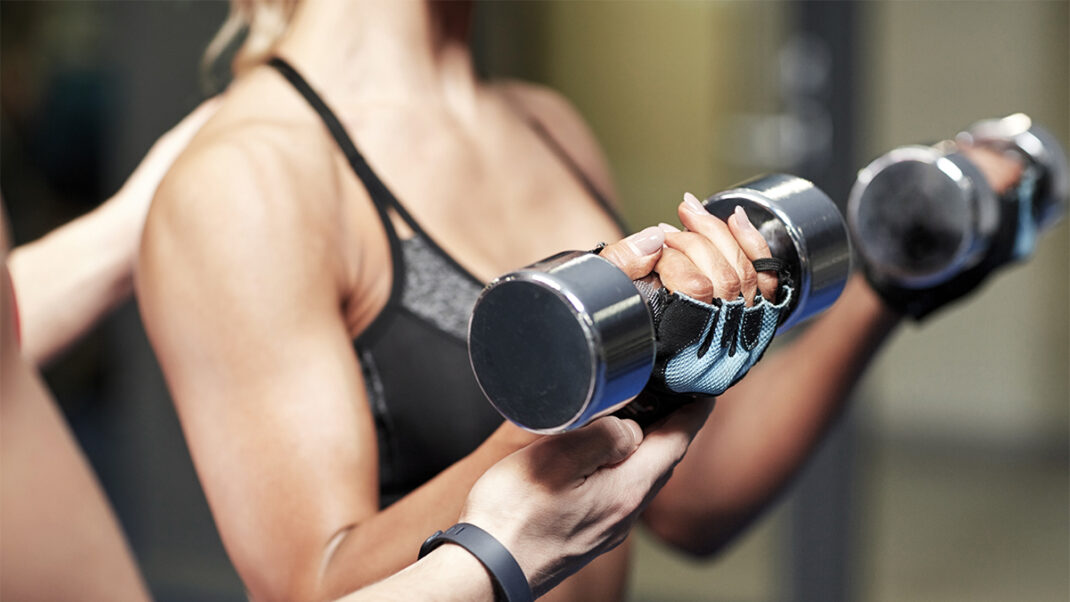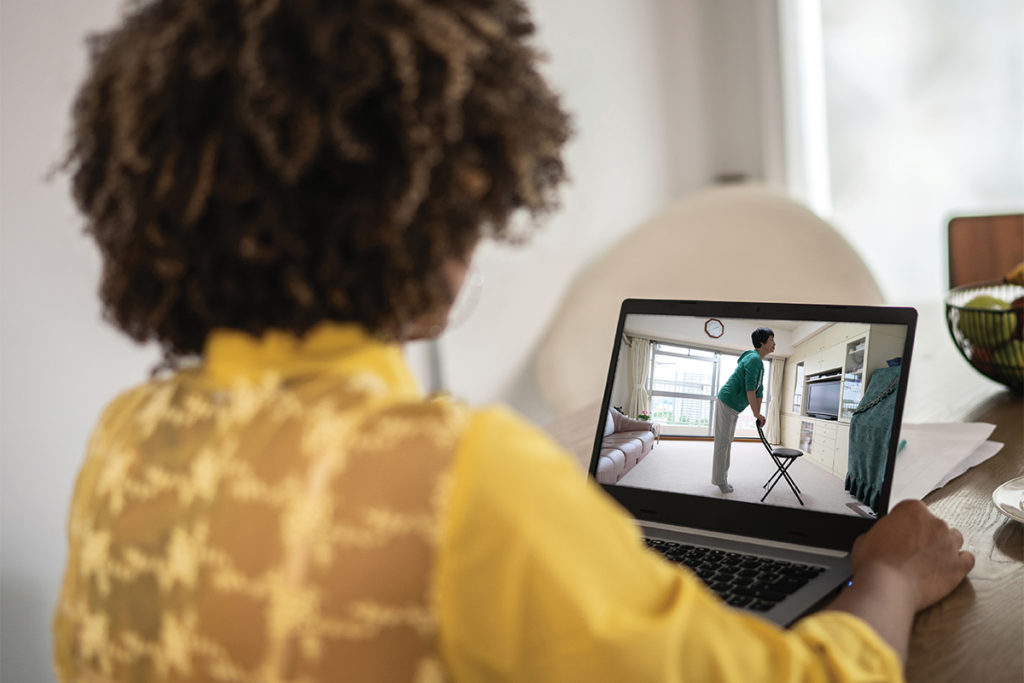Exercise Recovery: Active vs. Nonactive
An overview of popular active and nonactive exercise recovery strategies to improve training.

Exercise science tells us that the quality of rest from a workout is as important as the quality of the workout. As purveyors of exercise’s benefits, fitness specialists need to understand the interrelationship of exercise recovery and training.
Proper recovery is designed to minimize accumulation of the byproducts of physical stressors from workouts. It also accounts for byproducts from mental, emotional and environmental stressors in the exerciser’s life.
While active recovery—exercising at low intensities postsession or as a specific workout—is supported by research, other nonactive recovery techniques—used to speed recovery—have produced conflicting results, which may reflect the paucity of reliable long-term studies rather than the methods’ efficacy. Below we review popular active and nonactive recovery techniques.
Active Exercise Recovery
Active recovery often takes the form of “cooling down” after intensive exercises such as swimming, track-and-field events and vigorous workouts. The primary focus is to keep the heart pumping below maximum, but above resting levels, to help the body process metabolites faster.
Active recovery seems to do the most good as an in-training device, as it reduces lactate levels and acidosis in between all-out sprints during a workout. The effectiveness of this method at reducing metabolites in training-week and training-cycle recovery periods has been mixed when used as the only recovery protocol, but it has improved recovery when combined with other methods (Hausswirth & Mujika 2013).
An active-recovery workout on the day after a challenging workout can enable exercisers to continue their training (and keep contributing to aerobic capacity) without increasing allostatic load. The workouts should be conducted at a level determined by experience and based ideally on physiological feedback from resting heart rate or heart rate variation measurements.
The intensity of active recovery should depend on the individual. Research has found that sustained 30- to 90-minute efforts at 50%–70% of VO2max have positive effects on physiology (Borer 2003). Indeed, low-intensity exercise has been shown to reduce chronic inflammatory markers (Brandt & Pedersen 2010).
It may also be more effective to ensure that active recovery consists of low-impact concentric contractions and minimal eccentric contractions via exercises like swimming, cycling and rowing. With swimming, it has been suggested that the hydrostatic effect of water immersion helps increase the blood-pumping mechanism needed for metabolite clearance (Hausswirth & Mujika 2013).
Neuromuscular Electrical Stimulation
Neuromuscular electrical stimulation (NMES) has been used in physical therapy to help heal and strengthen injured muscles through pulsing electronic charges that force the muscles attached to the electrodes to contract concentrically. This contraction stimulates blood flow, and one study found that blood lactate levels returned to baseline levels more quickly with NMES than with passive recovery (Hausswirth & Mujika 2013).
NMES research is limited but growing, though results are not definitive. The method has been shown to increase quadriceps and latissimus dorsi strength, heighten lactate clearance and decrease delayed-onset muscle soreness, or DOMS (Laughman et al. 1983; Girold 2012; Neric et al. 2009; Westcott et al. 2011).
Recently, track-and-field coaches and some NFL trainers have begun using NMES as an active-recovery and strengthening technique to stimulate muscles without placing more stress on joints or the central nervous system. It is theorized that the nonimpact contractile stimuli from a source outside the central nervous system trigger enough neuromuscular activity to provide strength gains in a specific muscle group and also speed recovery by increasing circulatory processes (Lee 2011; Hansen 2012).
Proponents say NMES use is best for extending or implementing active-recovery sessions when time, energy and space limit an exerciser’s ability to cool down properly from a session. The “passive” nature of this active-recovery technique allows for muscle stimulation while sedentary (Hansen 2012).
From a strength standpoint, NMES can provide a moderate, low-impact stimulus to muscles that are limited because joint injury prevents movement above or below the injury. The method can also prevent overuse when athletes need strength maintenance without sacrificing time from other aspects of training (Hansen 2012).
See also: More Paths to Exercise Recovery
Nonactive Exercise Recovery Strategies
Nonactive strategies are used to speed recovery. “Nonactive” recovery is distinguished from “passive” recovery, which is essentially defined as recovering only by resting after an exercise session. Though recovery research is new and relatively inconclusive about many issues, most techniques fare better than passive recovery (Hausswirth & Mujika 2013).
Nonactive recovery strategies of thermotherapy, manual therapy and compression garments will be examined.
Thermotherapy
Hot and cold compresses, sweat lodges and ice plunges, hot and cold ointments and balms, and other thermal manipulative therapies have long histories. They are designed primarily to affect the metabolic process of the areas involved and to make use of opposite physiological responses.
Cold therapies primarily rely on acute effects that decrease metabolic activity, promote capillary vasoconstriction, reduce swelling and inflammation, and alleviate pain through nerve analgesia. Heat therapies increase metabolic activity, promote capillary vasodilation and increase muscle pliability (Hausswirth & Mujika 2013).
Cold therapy’s ability to reduce swelling, along with the immediate vasodilation that occurs after the cold stimulus is removed, probably makes it the more effective of the two. Its combined effects most likely speed the vascular shuttling process for the removal of muscle damage byproducts and the insertion of tissue repair agents. This theoretical model of vascular shuttling is also practiced in the alternating of cold and heat therapies known as contrast therapy (Hausswirth & Mujika 2013).
Cooling garments are an intriguing new development in recovery over the past 10 years, especially in regard to hot-weather performance. Numerous studies have shown the advantage of precooling before an endurance event by wearing a vest or jacket with compartments filled with ice packs. Precooled subjects show lower core temperatures, lower heart rates and greater power outputs at the end of a specific workout (Hausswirth & Mujika 2013).
Heat therapy tends to have the most benefit the day, or days, after an intensive effort, mainly owing to heat’s ability to reduce DOMS. Because heat therapy can reduce perceived pain and increase muscle pliability and length, it is a good partner to manual therapy techniques (Hausswirth & Mujika 2013).
Manual Therapy
Manual therapy, in the form of massage or self-myofascial-release techniques, has a unique ability to stimulate blood flow in a localized area, making it reasonable to expect that research studies would support its ability to remove exercise waste byproducts. Unfortunately for advocates, manual therapy appears to be effective mainly at relieving DOMS. That’s why most research points toward the psychological benefits of manual therapy (Hausswirth & Mujika 2013).
In fact, most positive results from research—longer time to fatigue, lower rating of perceived exertion, higher level of perceived exercise recovery and better overall performance—have been attributed to the increased sense of well-being people get from massage post- or pre-exercise. This does not invalidate the use of manual therapy, as the reduction of DOMS and increased ROM cited in some studies indicate that it assists in recovering to a performance-ready state (MacDonald et al. 2014; Grieve et al. 2013).
See also: Self-Care Through Massage
Compression Garmets
Long used to promote circulation in bed-ridden hospital patients, compression garments have made their way into the athletic arena as an exercise recovery tool. Venous activity (blood return to the heart) is stimulated by muscle contraction, which moves the blood toward the heart at greater speeds. Research on the tangible benefits has been mixed, with one study indicating that knee-high lower-leg compression stockings improved lactate clearance in cross-country runners but also increased running time over a previously tested distance (Rider et al. 2013). This suggests a postexercise benefit rather than a performance gain.
Other studies have been unequivocal in ranking compression garments behind other techniques like active recovery or cold-water immersion. There is also much debate regarding the amount of pressure and treatment length of time that may be effective or contraindicative. A recent review found studies with pressure ranges of 10–30 millimeters of mercury (Sperlich et al. 2013).
Because the research is so new in this area, compression garments may be best applied postexercise as an ancillary tool used along with other techniques; evaluation on a case-by-case basis would be prudent.
Exercise Recovery Is In The Body Of The Beholder
Scientific examination of specialized recovery techniques seems to point exercisers toward the ones that provide most relief from post-workout soreness. To that end, people’s perception of the effectiveness of a technique becomes the optimum research result.
See also: Recovery: The Rest of the Story
References
Brandt, C., & Pedersen, B.K. 2010. The role of exercise-induced myokines in muscle homeostasis and the defense against chronic diseases. Journal of Biomedicine and Biotechnology. doi: 10.1155/2010/520258.
Borer, K.T. 2003. Exercise Endocrinology. Champaign, IL: Human Kinetics.
Girold, S. et al. 2012. Dry-land strength training vs. electrical stimulation in sprint swimming performance. The Journal of Strength and Conditioning Research, 26 (2), 497-505.
Grieve, R., et al. 2013. The immediate effect of triceps surae myofascial trigger point therapy on restricted active ankle joint dorsiflexion in recreational runners: A crossover randomised controlled trial. Journal of Bodywork and Movement Therapies, 17 (4), 453-61.
Hansen, D. 2012. Why electrostimulation makes perfect sense in the NFL. Accessed Dec. 29, 2013: www.strengthpowerspeed.com/why-electrostimulation-makes-perfect-sense-in-the-nfl/.
Hausswirth, C., & Mujika, I. 2013. Recovery for Performance in Sport. Champaign, IL: Human Kinetics.
Laughman, R.K., et al. 1983. Strength changes in the normal quadriceps femoris muscle as a result of electrical stimulation. Physical Therapy, 63 (4), 494-99.
Lee, J. 2011. Electrical muscle stimulation benefits. http://speedendurance.com/2011/11/23/ems-nmes-electrical-muscle-stimulation-benefit; accessed Nov. 11, 2013.
MacDonald, G.Z., et al. 2014. Foam rolling as a recovery tool after an intense bout of physical activity. Medicine & Science in Sports & Exercise, 46 (1), 131-42.
Neric, F.B., et al. 2009. Comparison of swim recovery and muscle stimulation on lactate removal after sprint swimming. The Journal of Strength and Conditioning Research, 23 (9), 2560-67.
Rider, B.C., et al. 2013. Effect of compression stockings on physiological responses and running performance in division III collegiate cross country runners during a maximal treadmill test. The Journal of Strength and Conditioning Research. ePub ahead of print.
Sperlich, B., et al. 2013. Squeezing the muscle: Compression clothing and muscle metabolism during recovery from high intensity exercise. PLoS ONE, 8 (4), e60923.
Westcott, W.L. et al. 2011. The Marc Pro device improves muscle performance and recovery from concentric and eccentric exercise induced muscle fatigue in humans: A pilot study. Journal of Exercise Physiology Online, 14 (2), 55-67. (Note: This study was conducted by two researchers with ties to a manufacturer of an NMES device; reduction in DOMS evidence was based on a subjective questionnaire.)
Charlie Hoolihan
Director of personal training for the Pelican Athletic Club in Mandeville, Louisiana. He is a member of the IDEA personal trainer membership committee, a fitness writer and presenter. Certifications: NASM, NSCA






